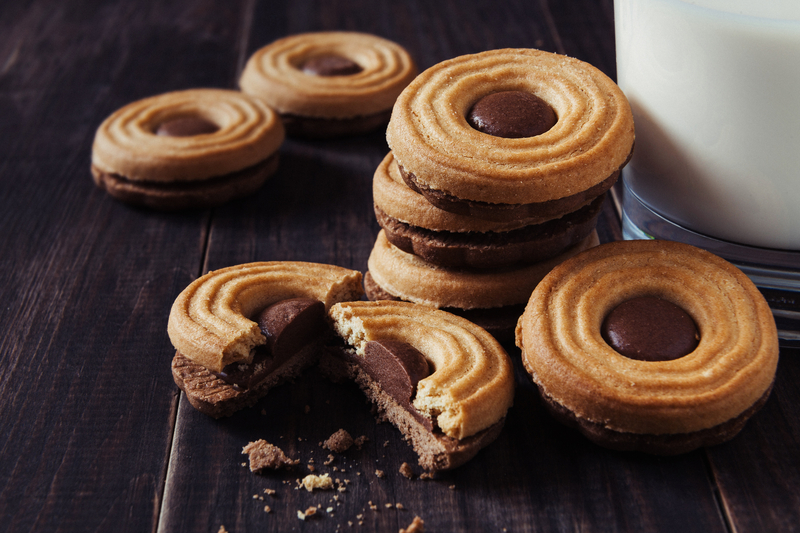Gluten Free Cracker Baking

We manufacture a line of gluten free crackers. The main ingredients are pumpkin seed flour, casava flour and sunflower seed flour. We sheet the dough to around 2mm and cut to shape with rotary cutters. We don’t yet have the budget for a continuous tunnel style oven so for now we use a new Polin double rack rotating oven. We bake on perforated sheet trays at 350f for about 12 minutes. We get a pretty consistent bake with little variance to the crackers on the middle of the sheet trays and the crackers on the borders. I do think that the crunch could potentially be even sharper/harder. The most recent test on the moisture balance was 1.25% moisture content.
I would like to dial things in to get the best bake possible. I’m wondering if we should be doing a baking program with different temp phases? Also maybe less time or more time overall? Should we be using convection or steam? I’ve read a bell curve temp profile is good?
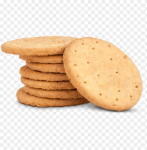
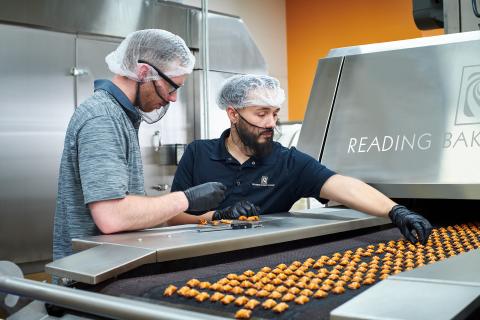
RBS hosts its first Pretzel Training Seminar on February 3-4, 2026, offering hands-on learning on ingredient selection, mixing, baking, and optimizati...
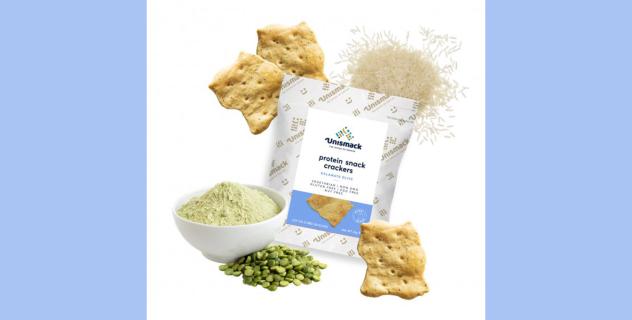
Protein snack cracker is a crispy, plant-based 20% protein snack, a protein-rich alternative to conventional snacks for consumers looking for a fulfil...
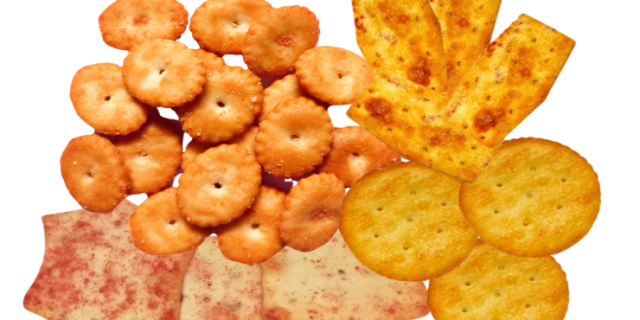
In recent years, there has been a growing demand for healthy, gluten-free snacks in the food industry. One innovative approach to meeting this demand...

Effective partnerships will therefore remain essential in addressing these new challenges in order to deliver the next generation of high technology s...
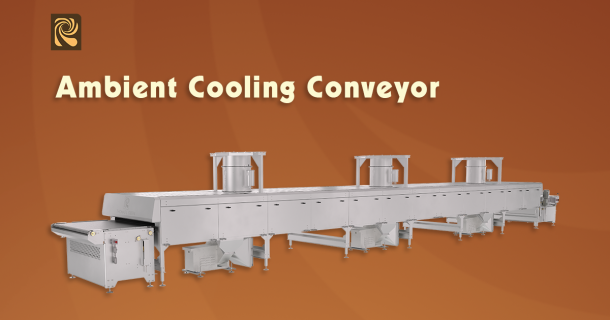
RBS has introduced a new ambient cooling conveyor that efficiently cools crackers before entering packaging in a more compact footprint.











The score is based on the number of created courses at BPA (150 points per course), the number of the lectures given at BPC (100 points per lecture), published articles (20 points for every approved article in Our Experts category ), number of resolved questions (10 points for every resolved question) and the number of asked questions (5 points for every asked question). The list is showing only top 10 biscuit industry experts.
